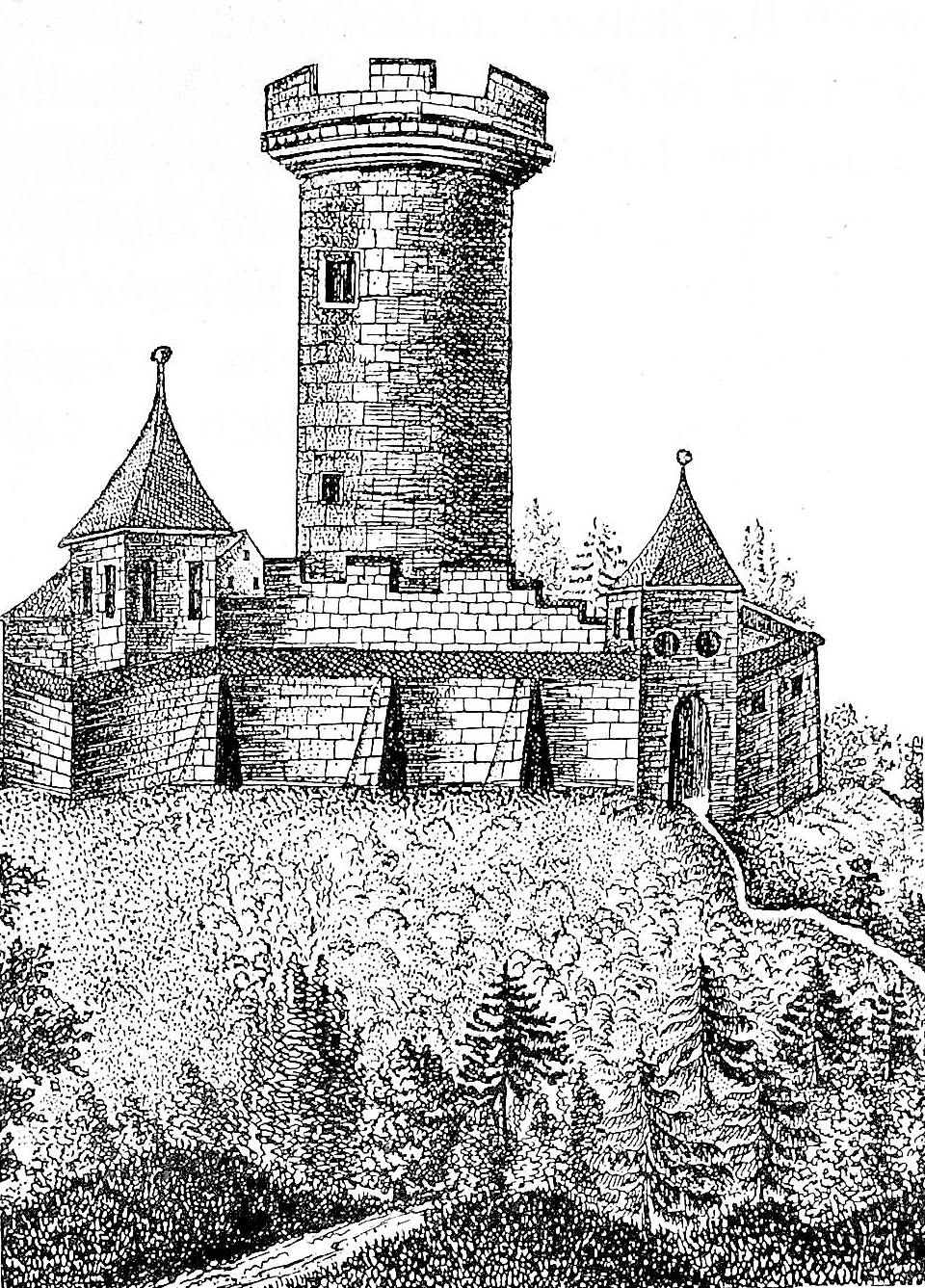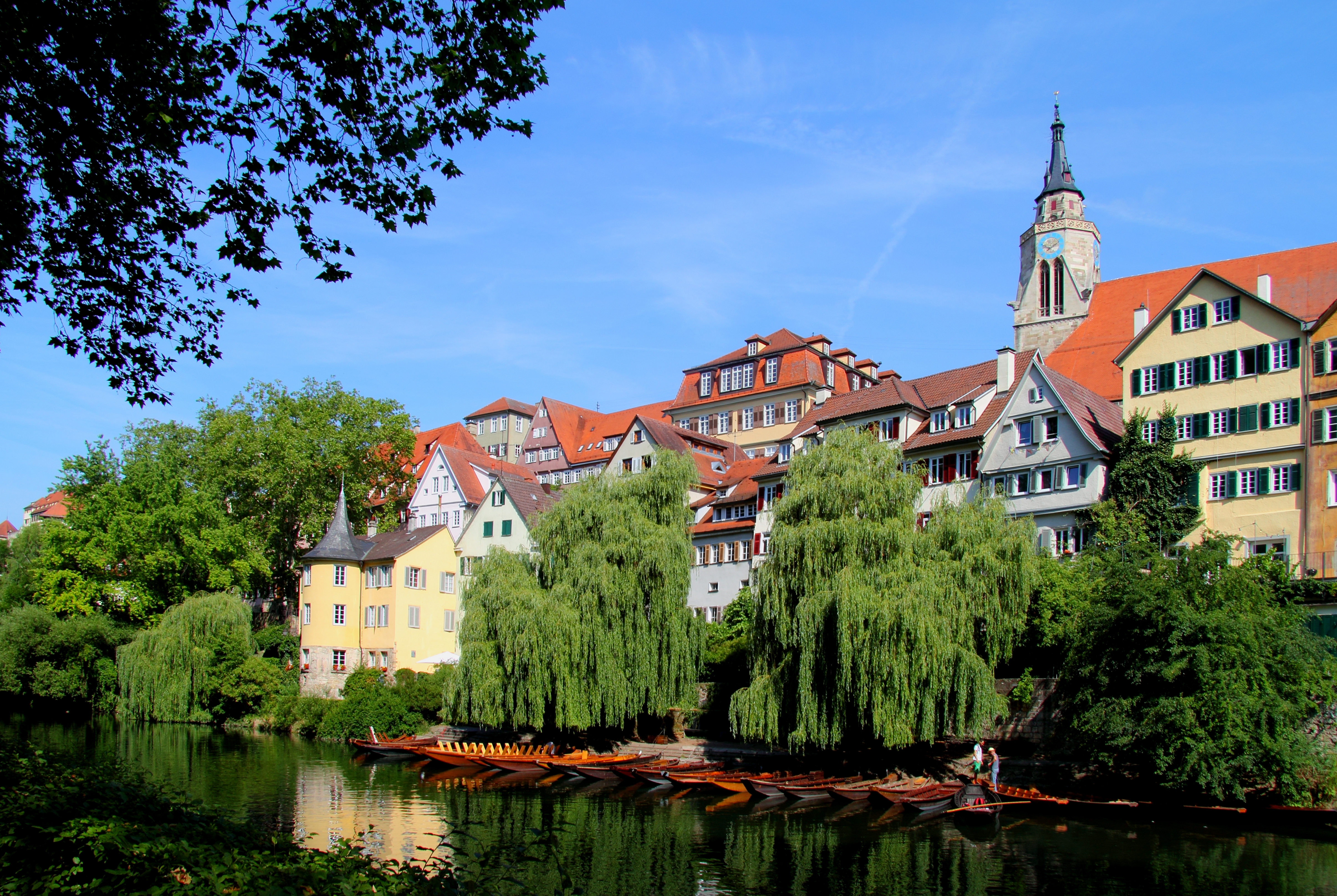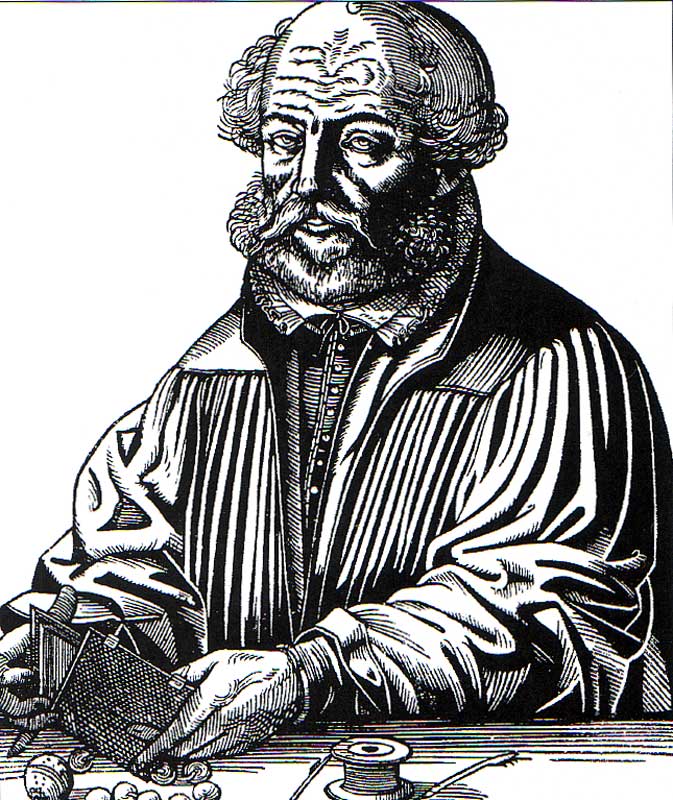|
Karl II, Margrave Of Baden-Durlach
Charles II, Margrave of Baden-Durlach (born 24 July 1529 in Pforzheim; died 23 March 1577 in Durlach), nicknamed ''Charles with the bag'', governed the Margravate of Baden-Durlach from 1552 to 1577. On 1 June 1556 Charles issued a new Church Order, which made Lutheranism the official religion in Baden-Durlach. Life Charles was the son of Margrave Ernest of Baden-Durlach and his second wife Ursula of Rosenfeld. Since the marriage between Ernest and Ursula was morganatic, Charles's ability to succeed was disputed. Nevertheless, he started ruling Upper Baden in his father's name in September 1552. His half-brother, older by 12 years, Bernard IV, died on 20 January 1553 and his father died two weeks later, on 6 February. Charles then inherited the entire country, which was called Baden-Pforzheim at the time. He moved the capital to Durlach, thereby changing the name of his country to Baden-Durlach. The introduction of the Reformation in 1556 After the Peace of Passau (1552) ... [...More Info...] [...Related Items...] OR: [Wikipedia] [Google] [Baidu] |
House Of Zähringen
The House of Zähringen (german: Zähringer) was a dynasty of Swabian nobility. The family's name derived from Zähringen Castle near Freiburg im Breisgau. The Zähringer in the 12th century used the title of Duke of Zähringen, in compensation for having conceded the title of Duke of Swabia to the Staufer in 1098. The Zähringer were granted the special title of Rector of Burgundy in 1127, and they continued to use both titles until the extinction of the ducal line in 1218. The territories and fiefs held by the Zähringer were known as the 'Duchy of Zähringen' (), but it was not seen as a duchy in equal standing with the old stem duchies. The Zähringer attempted to expand their territories in Swabia and Burgundy into a fully recognized duchy, but their expansion was halted in the 1130s due to their feud with the Welfs. Pursuing their territorial ambitions, the Zähringer founded numerous cities and monasteries on either side of the Black Forest, as well as in the western S ... [...More Info...] [...Related Items...] OR: [Wikipedia] [Google] [Baidu] |
Kirchenordnung 1556
The Church Order or Church Ordinance (german: Kirchenordnung) means the general ecclesiastical constitution of a State Church. History The early Evangelical Church attached less importance to ecclesiastical ritual than the Catholic Church does. As early as 1526 Martin Luther observes in '' Deutsche Messe und Ordnung des Gottesdiensts'': "In sum, this and all other forma are so to be used that where they give rise to a misuse they should be forthwith set aside, and a new form be made ready; since outward forma are intended to serve to the advancement of faith and love, and not to the detriment of faith. Where this they cease to do, they are already dead and void, and are of no more value; just as when a good coin is debased sad retired on account of its abuse, and issued anew; or when everyday shoes wax old and rub, they are not longer worn, but thrown away and new ones bought. Form is an external thing, be it ever so good, and thus it may lapse into misuse; but then it is no longer ... [...More Info...] [...Related Items...] OR: [Wikipedia] [Google] [Baidu] |
Jacob Heerbrand
Jacob Heerbrand (12 August 1521 – 22 May 1600) was a German Protestant theologian, reformer and controversialist. Life He was born at Giengen in Swabia on 12 August 1521. He was educated at the school at Ulm, and at the universities of Wittenberg (M.A., 1543) and Tübingen (D.Theol., 1550). He was for five years (1538–43) the pupil of Martin Luther and Philip Melanchthon. In 1543 he entered the service of the Württemberg Church and accepted a diaconate at Tübingen, in order to continue his studies. For refusing to accept the Interim he was removed from his office, along with Erhard Schnepf, on 11 November 1548 but remained in Tübingen to study Hebrew under Oswald Schreckenfuchs, in company with Jakob Andreä. On 11 February 1551 he became pastor at Herrenberg, near Ehingen, where Johann Brenz was then residing. In June 1551 Heerbrand with other local theologians subscribed to the ''Confessio Wirtembergica'', and in March 1552, with Brenz and Jakob Beurlin he was sent ... [...More Info...] [...Related Items...] OR: [Wikipedia] [Google] [Baidu] |
Johannes Brenz
Johann (Johannes) Brenz (24 June 1499 – 11 September 1570) was a German Lutheran theologian and the Protestant Reformer of the Duchy of Württemberg. Early advocacy of the Reformation Brenz was born in the then Imperial City of Weil der Stadt, 20 miles west of Stuttgart. He received his education at Heidelberg, where, shortly after becoming magister and regent of the Realistenbursa in 1518, he delivered philological and philosophical lectures. He also lectured on the Gospel of Matthew, only to be prohibited on account of his popularity and his novel exegesis, especially as he had already been won over to the side of Luther, not only through his ninety-five theses, but still more by personal acquaintance with him at the disputation at Heidelberg in April 1518. In 1522 Brenz was threatened with a trial for heresy, but escaped through a call to the pastorate of Schwäbisch Hall. In the spring of 1524 he received a strong ally in his activity as a Reformer in Johann Isenmann ... [...More Info...] [...Related Items...] OR: [Wikipedia] [Google] [Baidu] |
Tübingen
Tübingen (, , Swabian: ''Dibenga'') is a traditional university city in central Baden-Württemberg, Germany. It is situated south of the state capital, Stuttgart, and developed on both sides of the Neckar and Ammer rivers. about one in three of the 90,000 people living in Tübingen is a student. As of the 2018/2019 winter semester, 27,665 students attend the Eberhard Karls University of Tübingen. The city has the lowest median age in Germany, in part due to its status as a university city. As of December 31, 2015, the average age of a citizen of Tübingen is 39.1 years. The city is known for its veganism and environmentalism. Immediately north of the city lies the Schönbuch, a densely wooded nature park. The Swabian Alb mountains rise about (beeline Tübingen City to Roßberg - 869 m) to the southeast of Tübingen. The Ammer and Steinlach rivers are tributaries of the Neckar river, which flows in an easterly direction through the city, just south of the medieval old t ... [...More Info...] [...Related Items...] OR: [Wikipedia] [Google] [Baidu] |
Jacob Andreae
Jakob Andreae (25 March 1528 – 7 January 1590) was a significant German Lutheran theologian and Protestant Reformer involved in the drafting of major documents. Life He was born in Waiblingen, in the Duchy of Württemberg. He studied at the University of Tübingen from 1541. He attended the diets of Regensburg (1557) and Augsburg (1559), became professor of theology in the University of Tübingen (1562), and provost of the church of St. George. He was active in Protestant discussions and movements, particularly in the adoption of a common declaration of faith by the two parties. In 1573 he conducted with the help of Martin Crusius a correspondence with Patriarch Jeremias II of Constantinople, to make contact on behalf of the Lutheran Church with the Eastern Orthodox Church. He was a signatory of the 1577 Formula of Concord, and editor with Martin Chemnitz of the 1580 Book of Concord. In the latter part of his life he traveled in Bohemia and Germany, working for the consolida ... [...More Info...] [...Related Items...] OR: [Wikipedia] [Google] [Baidu] |
Theologian
Theology is the systematic study of the nature of the divine and, more broadly, of religious belief. It is taught as an academic discipline, typically in universities and seminaries. It occupies itself with the unique content of analyzing the supernatural, but also deals with religious epistemology, asks and seeks to answer the question of revelation. Revelation pertains to the acceptance of God, gods, or deities, as not only transcendent or above the natural world, but also willing and able to interact with the natural world and, in particular, to reveal themselves to humankind. While theology has turned into a secular field , religious adherents still consider theology to be a discipline that helps them live and understand concepts such as life and love and that helps them lead lives of obedience to the deities they follow or worship. Theologians use various forms of analysis and argument ( experiential, philosophical, ethnographic, historical, and others) to help understan ... [...More Info...] [...Related Items...] OR: [Wikipedia] [Google] [Baidu] |
Imperial Diet (Holy Roman Empire)
The Imperial Diet ( la, Dieta Imperii Comitium Imperiale; german: Reichstag) was the deliberative body of the Holy Roman Empire. It was not a legislative body in the contemporary sense; its members envisioned it more like a central forum where it was more important to negotiate than to decide. Its members were the Imperial Estates, divided into three colleges. The diet as a permanent, regularized institution evolved from the ''Hoftage'' (court assemblies) of the Middle Ages. From 1663 until the end of the empire in 1806, it was in permanent session at Regensburg. All Imperial Estates enjoyed immediacy and, therefore, they had no authority above them besides the Holy Roman Emperor himself. While all the estates were entitled to a seat and vote, only the higher temporal and spiritual princes of the College of Princes enjoyed an individual vote (''Virilstimme''), while lesser estates such as imperial counts and imperial abbots, were merely entitled to a collective vote (''Kuriats ... [...More Info...] [...Related Items...] OR: [Wikipedia] [Google] [Baidu] |
Further Austria
Further Austria, Outer Austria or Anterior Austria (german: Vorderösterreich, formerly ''die Vorlande'' (pl.)) was the collective name for the early (and later) possessions of the House of Habsburg in the former Swabian stem duchy of south-western Germany, including territories in the Alsace region west of the Rhine and in Vorarlberg. While the territories of Further Austria west of the Rhine and south of Lake Constance (except Konstanz itself) were gradually lost to France and the Swiss Confederacy, those in Swabia and Vorarlberg remained under Habsburg control until the Napoleonic Era. Geography Further Austria mainly comprised the Alsatian County of Ferrette in the Sundgau, including the town of Belfort, and the adjacent Breisgau region east of the Rhine, including Freiburg im Breisgau after 1368. Also ruled from the Habsburg residence in Ensisheim near Mühlhausen were numerous scattered territories stretching from Upper Swabia to the Allgäu region in the east, the large ... [...More Info...] [...Related Items...] OR: [Wikipedia] [Google] [Baidu] |

.jpg)





